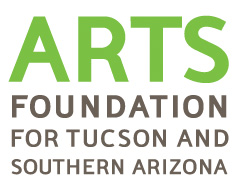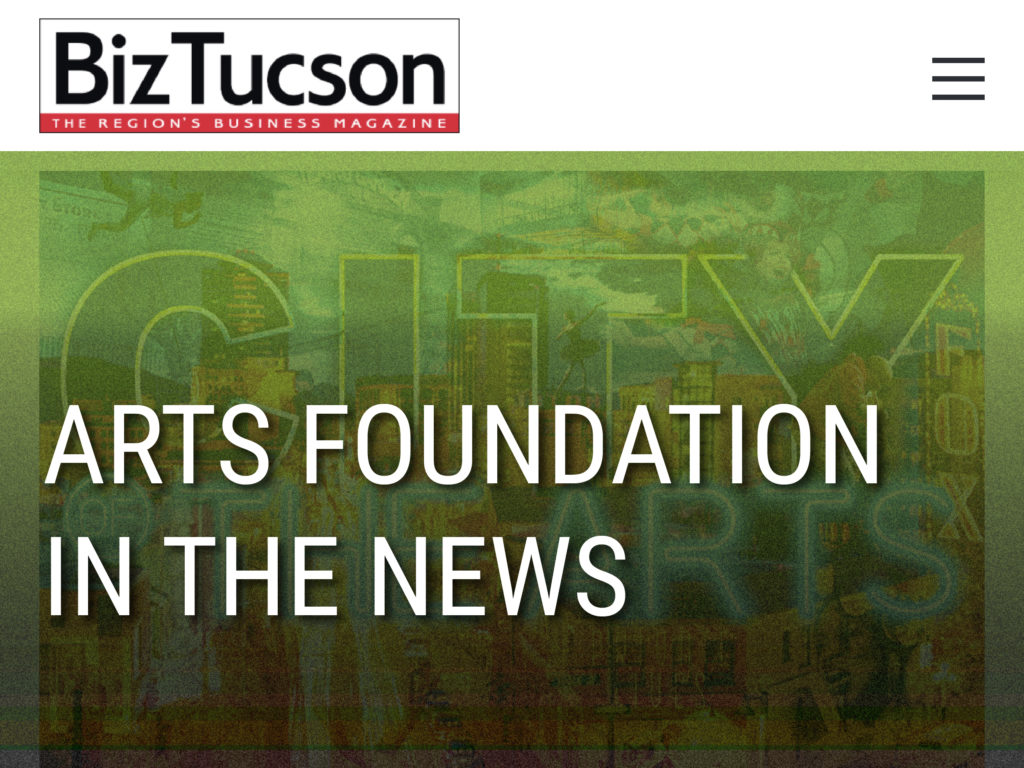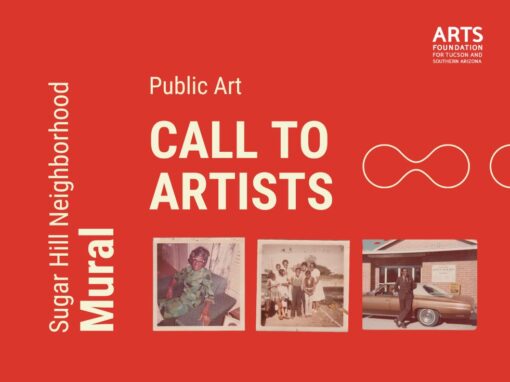In a new article by Loni Nannini we get backstage access into how the “Old Pueblo”, thanks to local arts organizations and out-of-the-box creatives, is becoming the 21st-century destination for the visual and performing arts.
The Arts: An Economic PowerhouseStatewide, the rich tapestry of traditional, Indigenous, contemporary and emerging forms of arts and culture account for more than 86,000 jobs and contribute $9.6 billion to the economy annually, according to 2020 statistics from the U.S. Bureau of Economic Analysis. In 2021, Southern Methodist University DataArts (which partners with local arts…




